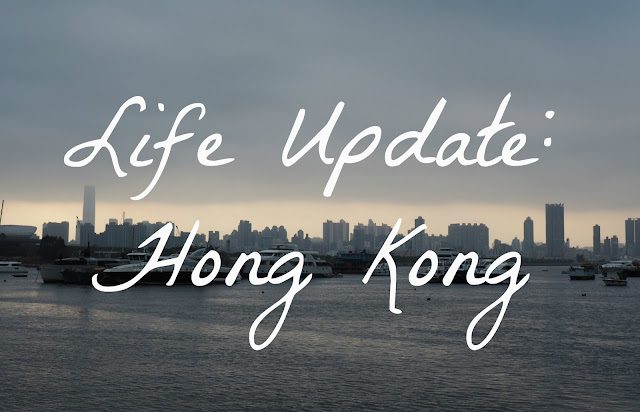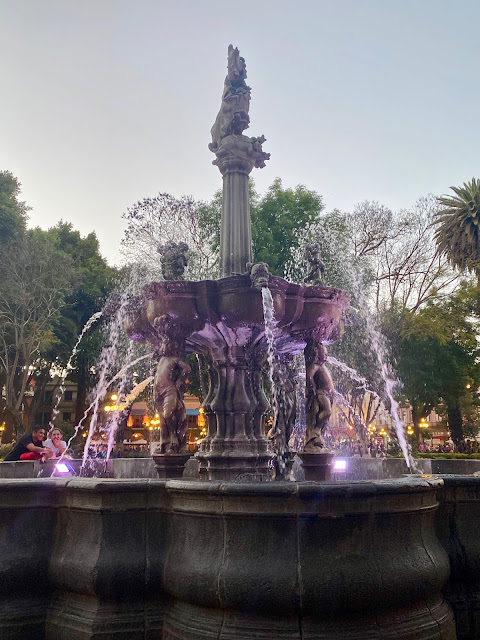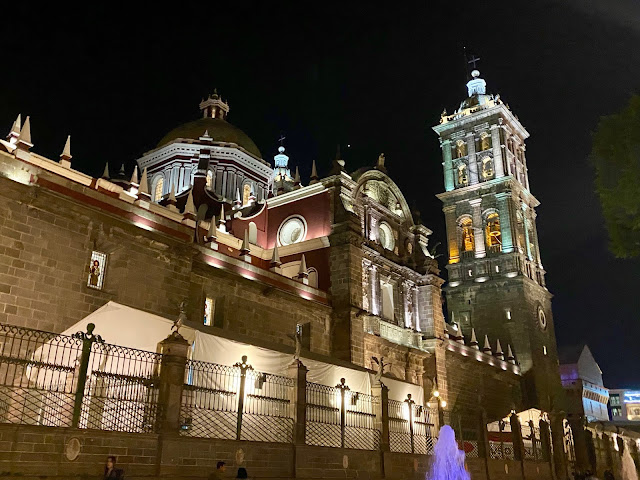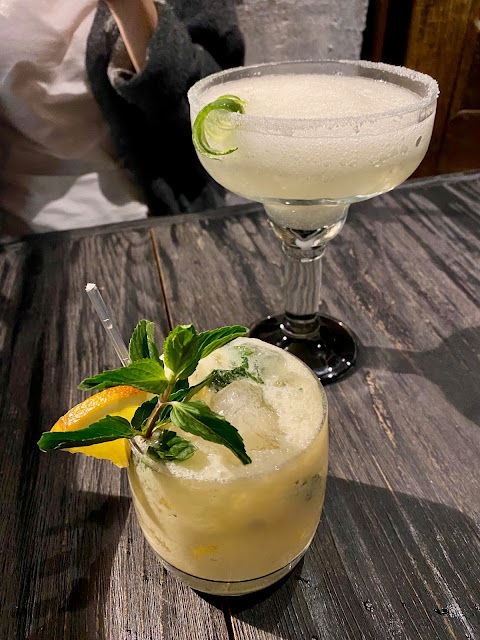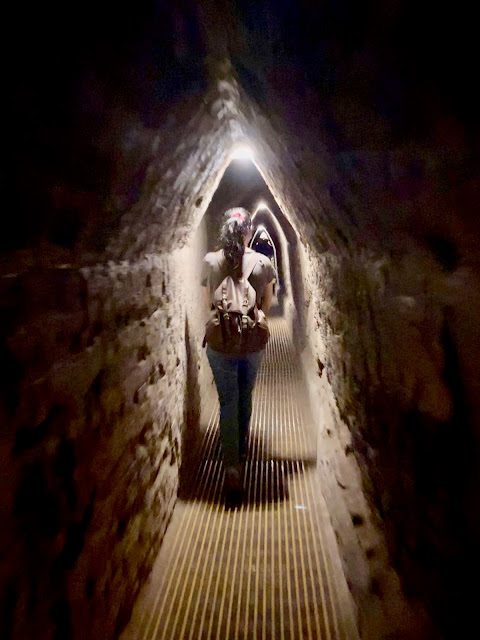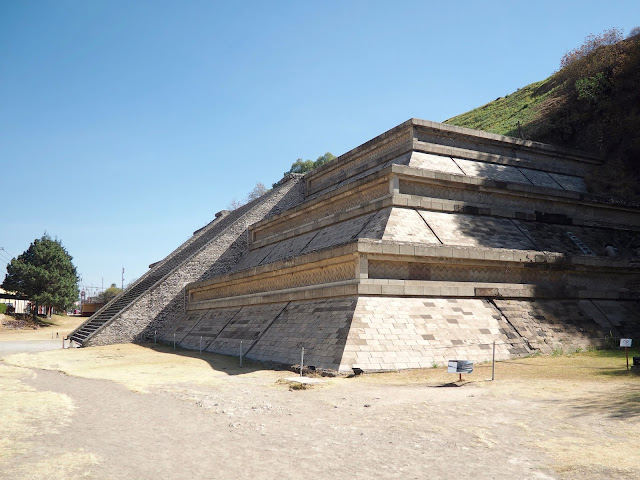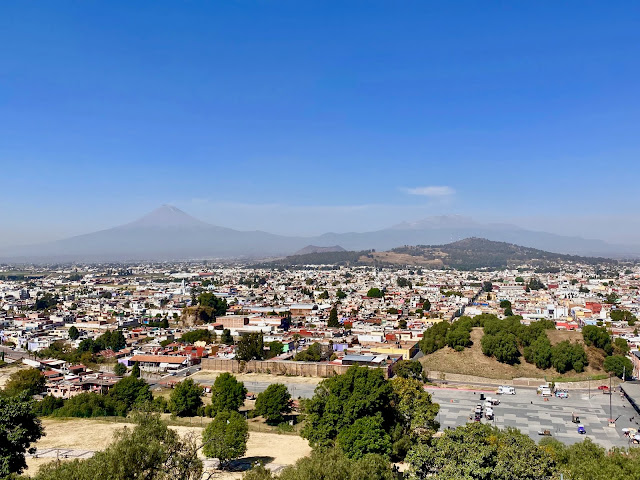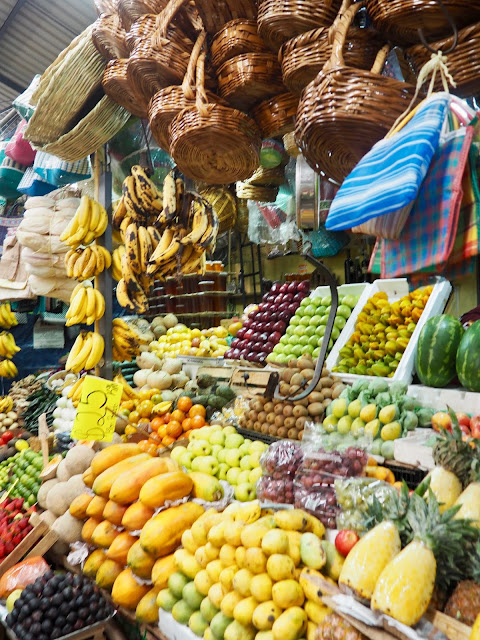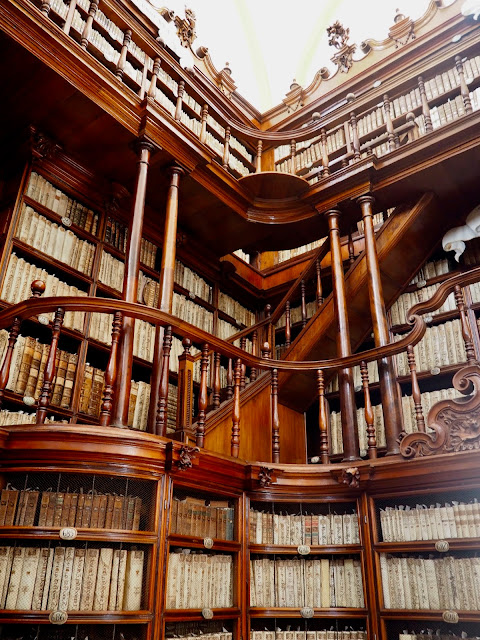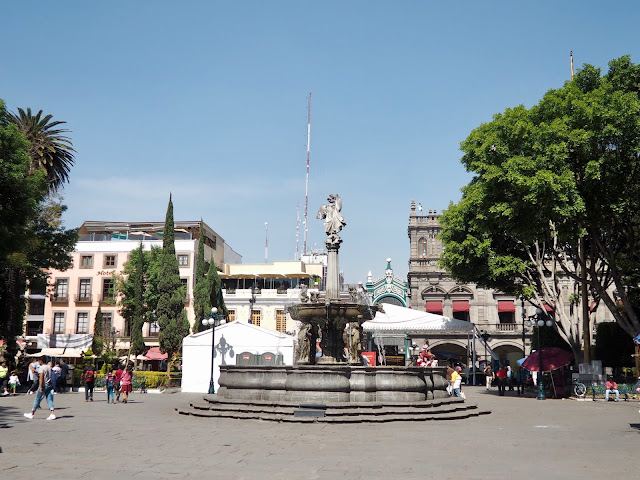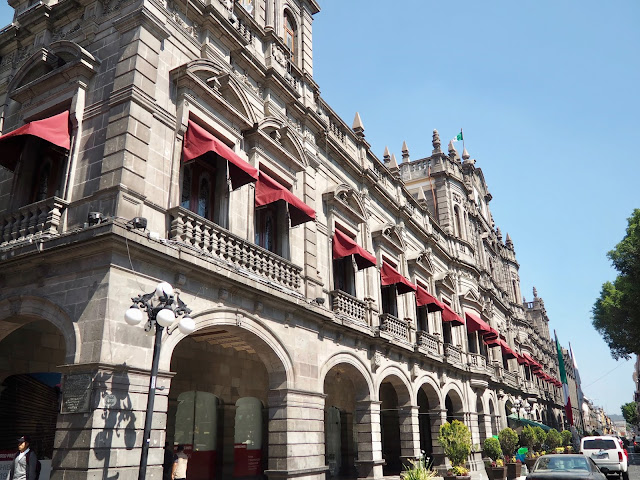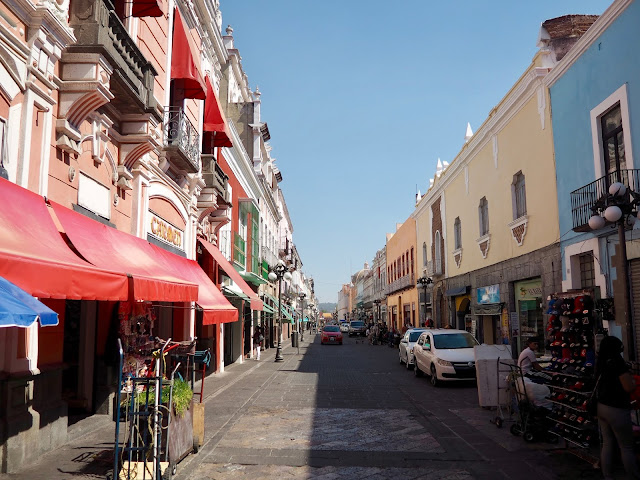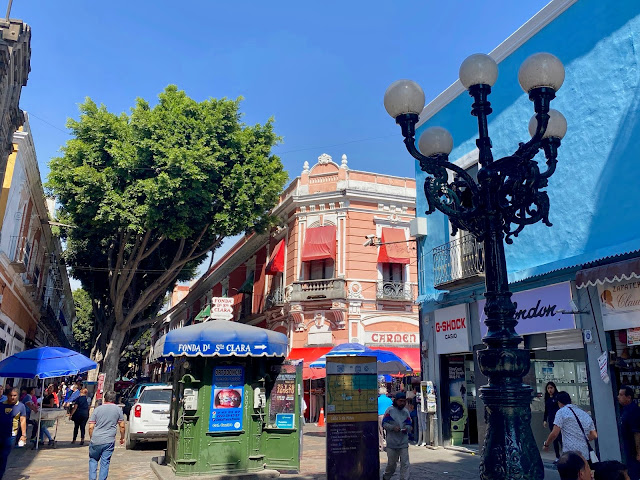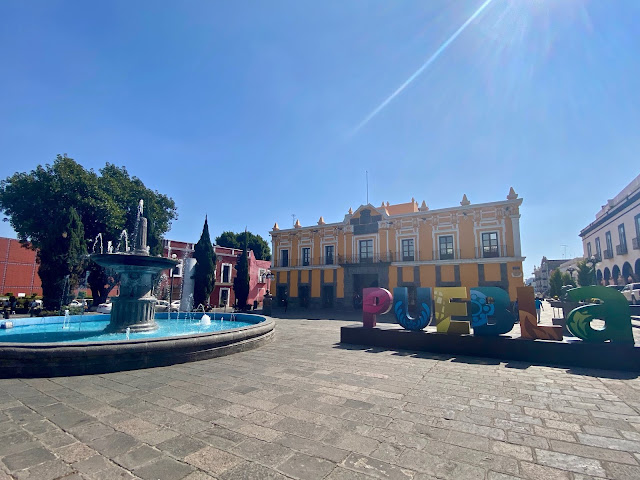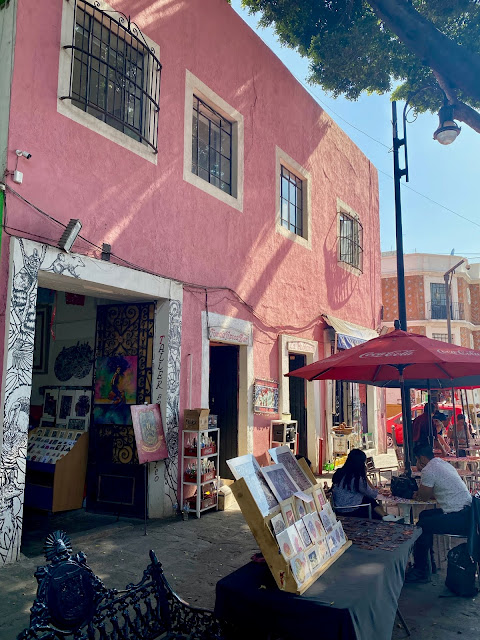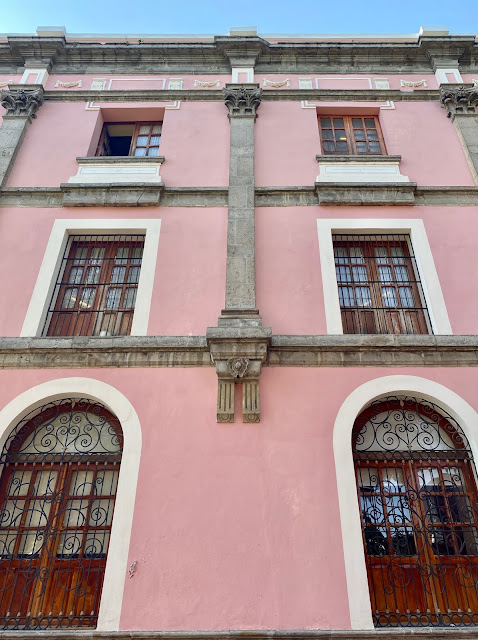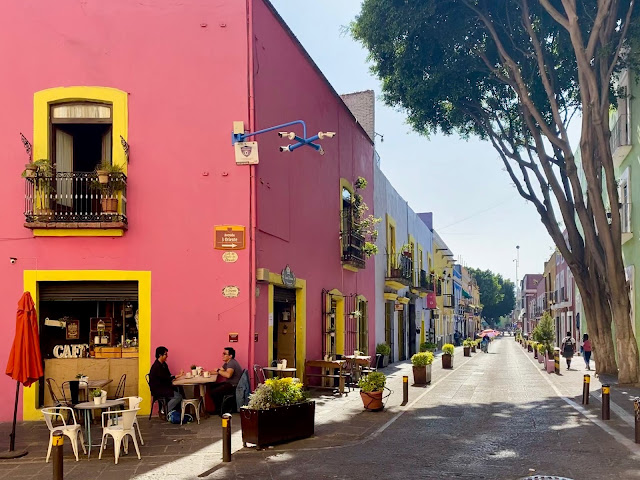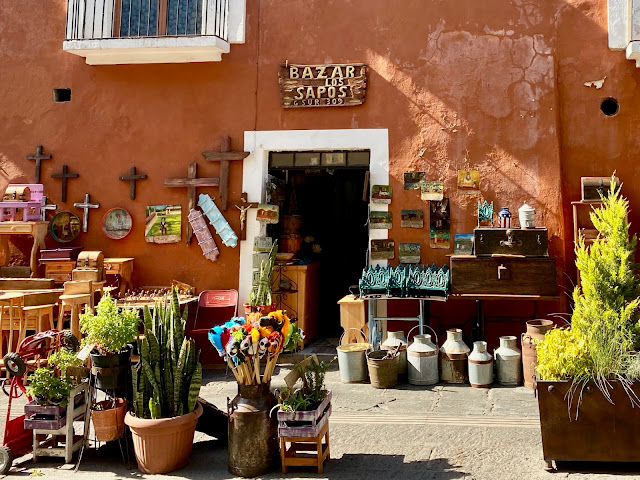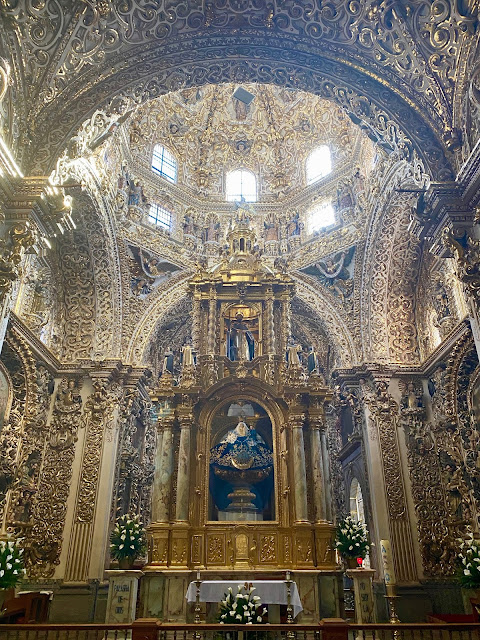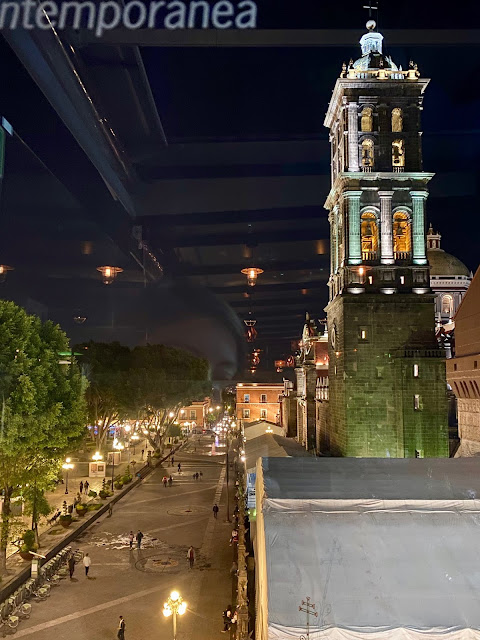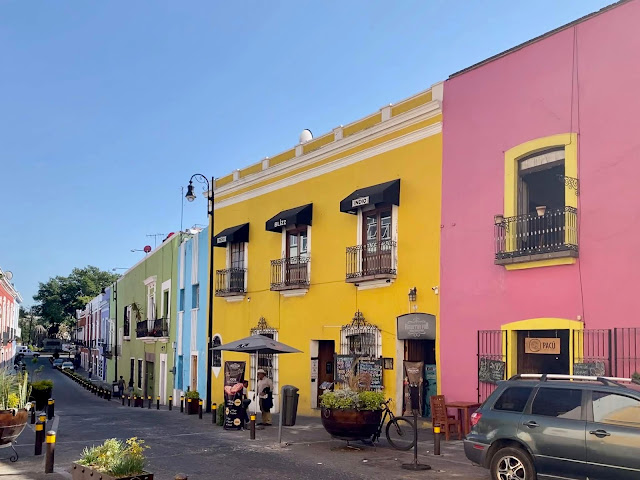
Puebla | Mexico
The next couple nights of our Mexico trip were to be spent in the town of Puebla. Well, it’s technically a city since it has a cathedral and is way bigger than you think, but it’s small after Mexico City! It’s only a couple of hours from Mexico City, so it’s quite a popular day trip from there, but we were actually staying over for two night, which gave us a day and a half to explore the area. Puebla was one of the first towns to be built by the Spanish, when they arrived in the 16th century. It’s full of picturesque colonial architecture, and is also a fairly conservative, religious city, so there’s plenty of churches!
Day One
After taking a public bus from Mexico City, driving past dusty, hilly landscapes, covered in colourful houses, we arrived in Puebla late in the afternoon. Our hotel was right by the Zocalo (main square) in the centre of town, so it was easy to get around everyone on foot. Like most Spanish built towns, the streets are laid out on a grid pattern around the main square – which is easy for many people to navigate, but I actually tend to find a little disorientating, as I find the streets start to look the same, and one forgotten turn can lead you totally the wrong way without noticing! My sense of direction is pretty good most of the time, but most of the places we visited throughout Mexico had me reaching for Google Maps regularly.
Orientation Walk
Anyways, we had enough time for a quick orientation walk around town with our tour leader. Everywhere was closed by this time in the evening, but he was able to show us where some of the sights worth revisiting the next day were. The Cathedral and City Hall are both on the Zocalo, and we passed by other churches, markets, and photogenic shopping streets along the way. It was pretty busy walking around at that time as well, with people still out shopping or eating, or just hanging out in the Zocalo, a common sight in every town we went to. We also noticed that streets would often be all the same kind of shop along them – there was one of shoes, of stationary, of antiques, and of course, Calle de los Dulces, entirely full of sweetshops!
We circled back to the Zocalo for dinner, where we sampled some of the local dishes, accompanied by mole poblano, a sauce originating from Puebla (though other parts of Mexico, including Oaxaca, make their own varieties of mole too). Cintia and I went for cocktails afterwards, on a nice little balcony at El Cerdo Picante (literally, ‘The Spicy Pig’). We sampled some made with mezcal, a spirit similar to tequila but made from a different type of agave, so it has a noticeably different flavour. We’d be trying and learning more about it later in the trip too!
Day Two
Great Pyramid of Cholula
We actually left Puebla again this morning, for a half day trip to the town of Cholula, just half an hour away by taxi, at the suggestion of our tour leader, to see a rather unique sight. The town has a church, the Church of Our Lady of Remedies, built on a hilltop overlooking it. But in fact, it’s not a naturally formed hill – inside it, lies the Great Pyramid of Cholula, which is actually the largest pyramid in the world by volume. It was built around 300BC by the Mesoamerican people of the area – the name of the exact group is unknown – and assumed to be in worship of Quetzalcoatl, that famous feathered serpent god.
When the Spanish arrived, they usually made the indigenous people destroy their own pyramids, to use the stone to built churches and other colonial buildings. However, Cholula survived because the Spanish didn’t even realise it was here! It had already become overgrown and buried beneath the ground, when the local people had abandoned it for another pyramid nearby centuries earlier. However, building a church on top of the pyramid actually aligns with a common tactic the Spanish used to convert the indigenous people to Catholicism. By building churches where their temples once stood, they would still be coming to the same location to worship. Like how the Mexico City Cathedral stands over the ruins of Templo Mayor. They would also find parallels between the native gods and religious ceremonies that aligned with Catholic ones, to make the conversion smoother and simpler.
Inside the Pyramid
The Pyramid of Cholula is also one of the only pyramids you can go inside – when the Pre-Hispanic people built their pyramids, they were made in layers, one over another, and each layer was sealed up. They weren’t tombs or residences or anything else of the sort; they would only have a temple on top. However, archaeologists created tunnels inside this one when they were exploring it, and some of these are now open to the public. The tunnels are low and narrow, and there isn’t a whole lot to see inside them, but it’s somewhat surreal to think about the volume of stone and earth above you, as well as the church on the very top.
It only took ten minutes or so to make our way from one side of the pyramid to the other, before re-emerging into the blazing sun – a shock to the eyes after the dim interior! On this side of the hill, we were able to see parts of the pyramid emerging from the ground, where it has been excavated, although the vast majority remains buried. There is one side that has been reconstructed to show how it would have once looked, with the square levels rising up.
The Church of Our Lady of Remedies
After looking around the pyramid remains for a while, we began climbing the hill, which didn’t take too long luckily, though is quite a steep trek up the path. The church itself seems new compared to a 2000 year old pyramid beneath it, but it’s still over 400 years old! It’s painted bright yellow on the outside, and we definitely noticed that in general, Mexican churches are more colourful than European ones! It is dedicated to the Virgin of Remedies, an iteration of the Virgin Mary. The Virgin is hugely venerated in Mexico, often given greater importance than Christ or God – this usually stems back to the story of her appearing as Our Lady of Guadalupe, in front of an indigenous man in the 16th century.
We wandered around the church, looking inside as well, and also taking in the views from the hilltop. Most notably, there are two volcanoes overlooking the town, named Popocatépetl and Itzaccihuatl – the latter means ‘white woman’, as the snow-capped peaks resemble the outline of a woman lying down.
Cholula Town & Market
We descended the hill again, and walked through the town of Cholula, full of brightly coloured houses, to have lunch in the local market. It’s an indoor market, full of fresh fruit and vegetables and spices, with piñatas hanging from the roof. You can buy plenty of food here to take home and prepare, but there are also traders making dishes there as well. We sat by one of them, to try tortillas made with blue corn, and stuffed with zucchini flower and huitlacoche (a fungus that grows on corn), accompanied by the biggest fruit smoothies ever! We also picked up some fresh fruit to take away with us, before catching taxis back into Puebla for the rest of the afternoon.
Biblioteca Palafoxiana
Cintia and I started off in the Biblioteca Palafoxiana, which is actually the oldest public library in the Americas, dating to 1646. It’s now located inside the town’s Cultural Centre, which was originally a college, and is only one room inside the building, so it’s not that big – but it does have over 45,000 books and manuscripts in its collection!
The room is lined with three levels of wooden shelves, with spiral stairs connecting them in the corners, and there is a huge, golden framed religious painting at the far end. The books are ancient and therefore fragile, so they’re all firmly locked away in their cases – plus, they’re mostly in old Spanish I would never understand anyways! But it’s a beautiful room just to look at and wander around. It’s also right behind the Cathedral, our next destination, which is one of the largest and oldest in the country, second only to Mexico City’s, and filled with ornate decorations and paintings (photography is not allowed inside).
Barrio del Artista & EL Parian Market
From there, we began wandering further around the town, away from the Zocalo, retracing a few of the same streets we’d been on the night before. just admiring the colonial architecture. We stumbled upon a few things we hadn’t been intending to find, such as the City Theatre building, and Puente de Bubas, an underground bridge. I quite enjoyed looking around the Barrio del Artista, which is a street of stone archways with artists studios inside each of them, and works for sale displayed outside them. It was quite a busy area, creating a nice little community feel by having so many artists working in proximity to each other.
Nearby is the El Parian handicraft market – this felt a little more like a standard souvenir market, with many stalls selling similar wares to each other. We had a browse around it, but didn’t get anything ourselves. There were also many shops in this area selling talavera, the local ceramic style that can only be made in this town (like how you can only call it champagne if it’s from that region of France). The blue and white patterns were inspired by Chinese designs, but have since developed into its own distinct style.
Calle de los Sapos
We continued on to the Calle de los Sapos, which is one of the lowest streets in town, and named for the frogs that would frequent it when it flooded. It’s one of the most brightly coloured streets in Puebla – and that’s saying a lot – which makes it highly photogenic, and prime Instagram material. It’s also full of antique shops, as well as more talavera, which were fun to have a look around. We made our way back to the Zocalo after that, stopping for an afternoon snack (merienda, as Cintia called it in Spanish), while watching life go by in the square, and listening to the music – because there’s always someone playing music somewhere, be it a guitar or a marimba or a pan flute!
From there, we went to one more church that had been recommended to us, the Church of Santo Domingo. At first, it is a fairly standard, unassuming church, certainly not as impressive from the outside as the Cathedral. However, inside it houses the Capilla del Rosario (Rosary Chapel), which was the first in Mexico to be dedicated to Our Lady of the Rosary. It is also said to be the most beautiful church in Puebla, lavishly decorated, with every inch covered in ornate golden Spanish Baroque decoration. You can’t help but just gape at it all for a while!
Dinner & Drinks
We headed back to the hotel after that, for a rest, before venturing out again for dinner. We met up with the rest of the group to go to Áttico 303, on the corner of the Zocalo. It has a glass walled roof terrace which looks out over the square, right beside the Cathedral, lit up in the dark. It was definitely one of the fancier restaurants we’d been to on the trip so far, and I enjoyed the food as much as the view! We stayed out for a few more drinks after that – in an Irish pub of all places!
Puebla was an interesting second stop for the trip, seeing a lot more of Mexico’s colonial history. It’s a very picturesque town – though we would soon realise that every other town on our trip was as well! – though you don’t need more than a day or two to see all the main sights. We stayed that night, before departing for our third destination the next morning.

Mexico City | Mexico
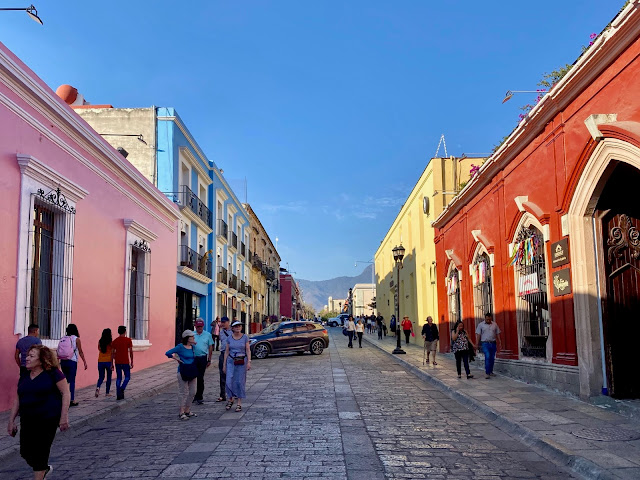
Oaxaca | Mexico
You May Also Like
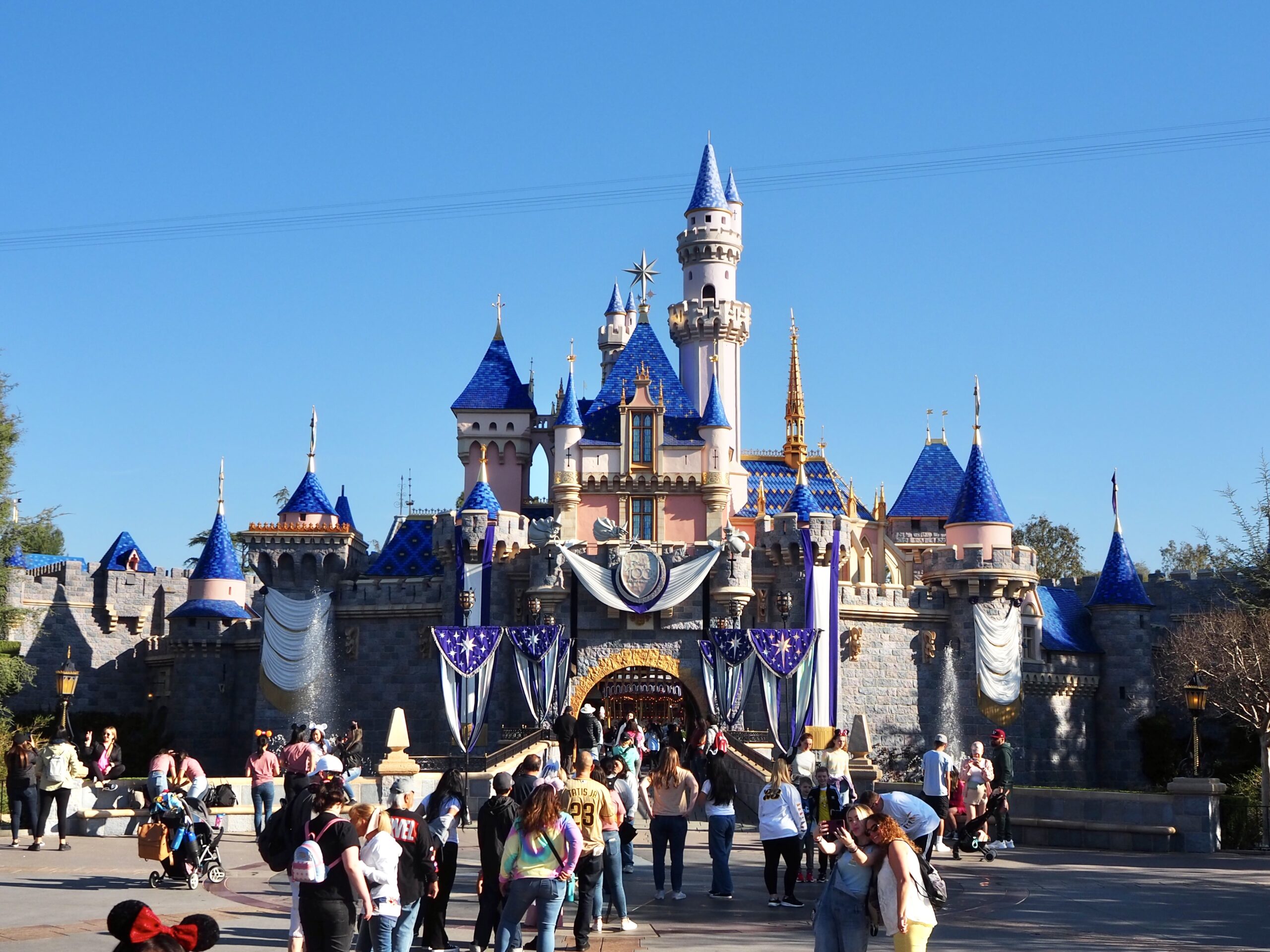
Disneyland California
10 April 2023
Ben A’an & Loch Katrine | Hiking Scotland
18 September 2020